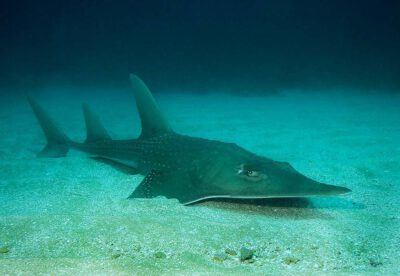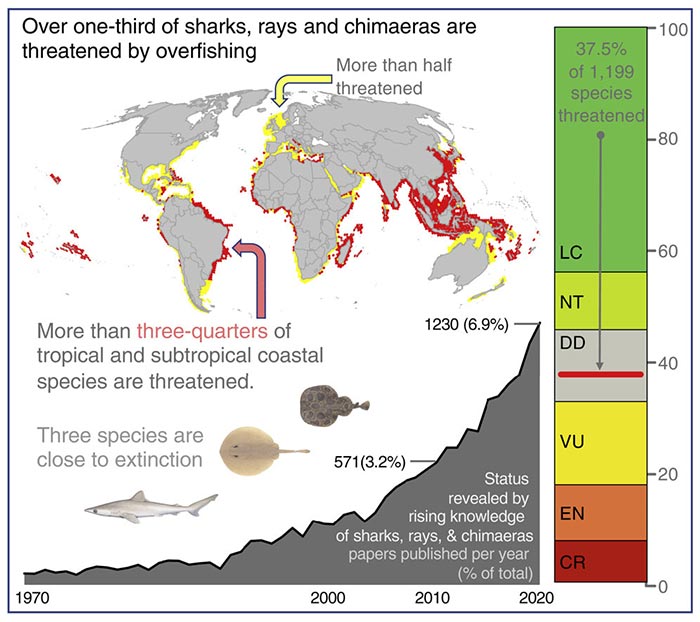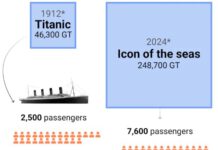
A new analysis published today in the journal Current Biologyfinds that one-third of the world’s chondrichthyan fishes – sharks, rays, and chimaeras – are now threatened with extinction according to International Union for Conservation of Nature (IUCN) Red List criteria.
In this new global analysis, experts assessed 1,199 shark, ray, and chimaera species against International Union for Conservation of Nature (IUCN) Red List criteria and found 391 (32%) qualify as Critically Endangered, Endangered, or Vulnerable. Species classified in these three IUCN categories are considered threatened with extinction. That statistic increases to more than one-third (37.5%) if Data Deficientspecies are assumed to be threatened in the same proportion as assessed species.
This second global assessment of chondrichthyan fishes finds twice as many species threatened as found in the first analysis in 2014 (181). Chondrichthyans now rank second among vertebrates (after amphibians) in terms of extinction threat.
Specifically:
- 90 chondrichthyan species (7.5%) are Critically Endangered.
- 121 chondrichthyan species (10.1%) are Endangered.
- 180 chondrichthyan species (15%) are Vulnerable.
- Less than half of all species (44.1%) are considered to be of low conservation concern (Least Concern).

Rays are the most threatened of the three chondrichthyan fish groups:
- Rays: 41% of the 611 assessed species are threatened.
- Sharks: 35.9% of the 536 assessed species are threatened.
- Chimaeras: 9.3% of the 52 assessed species are threatened.
„The results of this study are alarming. Overfishing continues to be the main threat to sharks, rays, and chimaeras and current fisheries management measures are simply not enough. In less than a decade we have gone from 25% to 37% of sharks, rays, and chimaeras considered threatened and having a high risk of extinction. This study was achieved through an unprecedented collaboration and engagement with IUCN SSC Shark Specialist Group members and non-members from around the world. This collaborative work to understand the status of species make me hopeful that we can work together and use our collective global resources and reach to work on reducing the impact of fishing on these species,“ said Dr Rima Jabado, Chair of the IUCN SSC Shark Specialist Group (SSG).
“On one hand, we’re pleased that chondrichthyan science contributions have doubled since our first global analysis of this kind, allowing us to assess the status of many more species with greater confidence,” said Dr. Nicholas Dulvy, Professor at Simon Fraser University. “On the other hand, our study reveals an increasingly grim reality, with these species now making up one of the most threatened vertebrate lineages, second only to the amphibians in the risks they face. The widespread depletion of these fishes, particularly sharks and rays, jeopardizes the health of entire ocean ecosystems and food security for many nations around the globe.”













